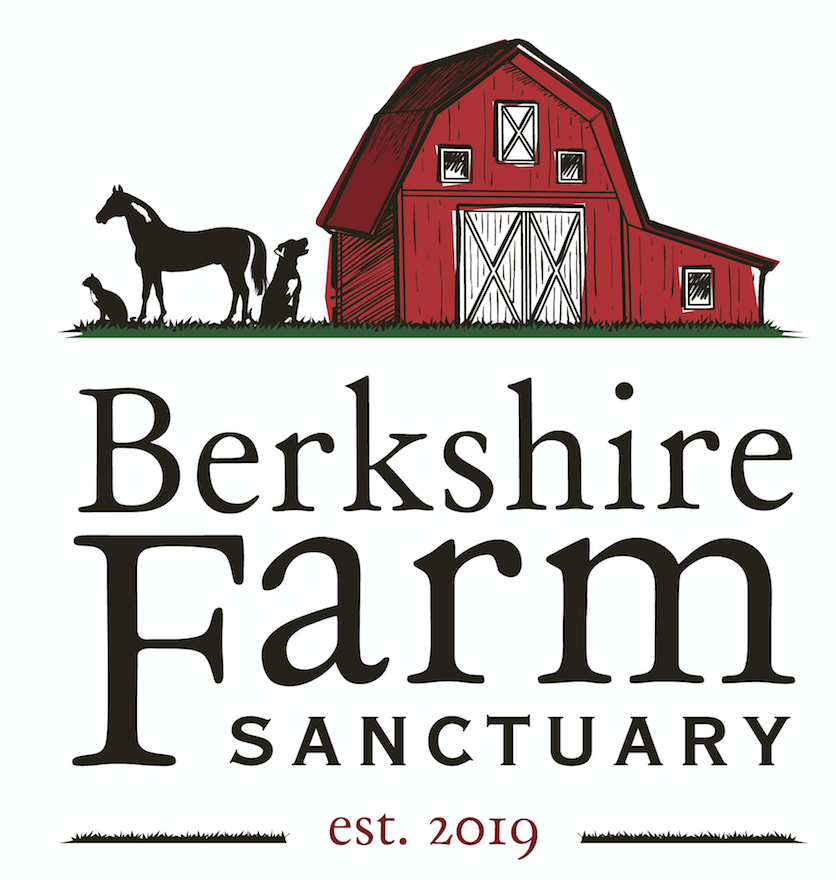Goats!
Goats are members of the Bovidae family which includes cattle, sheep, antelope, and buffalo.
Goats were one of the first animals to be domesticated over 10,000 years ago in the Near East (the lands around the eastern shores of the Mediterranean Sea), and being among the first animals brought to North America, goats have been here for hundreds of years.
There are approximately 1 billion goats around the world and over 200 breeds of domestic goats, with their sizes varying greatly according to breed. Nigerian dwarf goats are one of the smallest breeds, weighing around 20 pounds, while Nubian goats weigh can up to 250 lbs. and Boer goats can weigh up to 300 lbs.
A male goat is called a buck or a billy. If it is castrated, and then it is called a wether.
Female goats are called nannies or does, while baby goats are called kids.
You have got to be “kidding”! Nope – when a doe gives birth it is called “kidding”. Females are pregnant for 5 months, then usually give birth to twins. Some do have a single kid, while others can have triplets or even quintuplets! Most newborns are up and walking around within minutes of being born.
“Maaa”. Mothers and kids begin vocal exchanges within minutes of kids being born. Goats call or vocalize by bleating, with each goat's voice being unique, making it recognizable by others, which is very important so mothers and kids can easily find each other.
Goats are herbivores, which means they eat only plants. Their favorite food is grass. They are selective in what they eat, choosing clean dry food over dirty, wet food. Goats do not have upper teeth, but they have a tough upper pad in their mouth that helps with chewing. Their lips are sensitive and agile, allowing them to nibble on fresh, tender grasses.
Goats are ruminants, hoofed herbivorous grazing animals, most having a four-chambered stomach, to maximize absorption and digestion of nutrients. The first three stomachs are for fermentation, while the last one produces acid for digestion.
Ruminating mammals include cattle, sheep, giraffes, deer, gazelles and antelopes. (Camels and Chevrotains have a three-chambered stomach and are referred to as pseudo ruminants.)
Goats, like sheep, have rectangular pupils that allow them to see about 340 degrees (almost all the way) around them, providing a panoramic vision which can detect intruders approaching from various directions
Goat horns are narrow and straight. Most goats have horns, however there are goats that are naturally born without horns. This is called “polled”.
Goat tails are naturally short and point up (unless they are sick or frightened).
Goats have 60 chromosomes (humans have 46).
Goats are independent and naturally curious. They jump, climb, leap, and explore – it is all one big adventure. Goats are known for their agility and ability to climb up and on just about anything. They are the only ruminant that climbs trees.
Goats have unique personalities and share special bonds with each other and with other animals and can get sad and depressed when they aren’t with their friends.
Photo credit: interestingfacts.org
How you can help goats
Hundreds of millions of goats are used worldwide for meat, milk, cheese, their skin and hair – even for work pulling wagons and hauling items. Ask questions, read and do research and educate yourself on how to avoid companies and products that use goats either for food or work. Having compassion and being educated at any age gives you the power to change the world and make it a better place for goats





